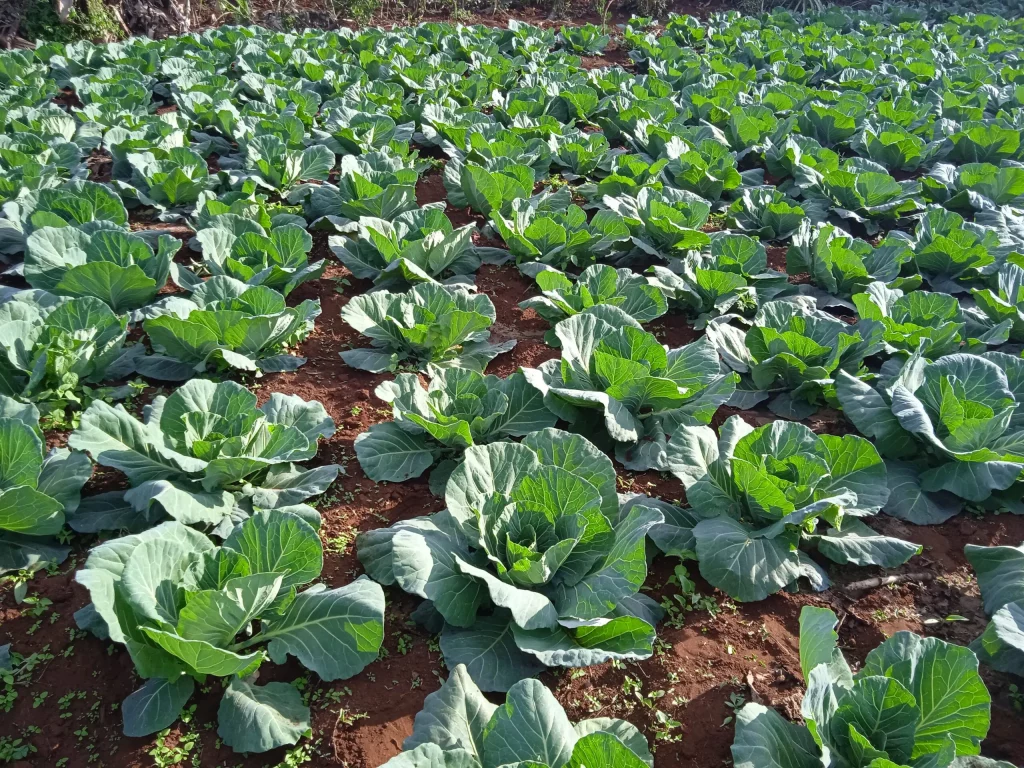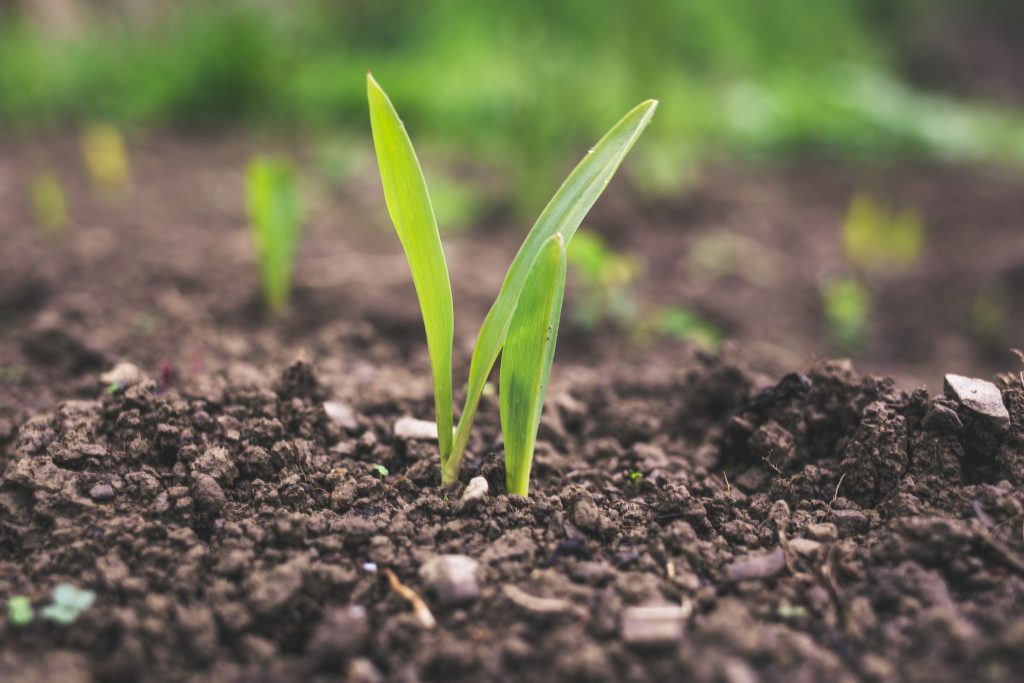As far back as the Roman Empire, farmers used the popular and profitable practice of planting cover crops. Since then, the technique has seen extensive use in agriculture and has had positive effects. Numerous advantages of cover crops are enjoyed by farmers, both in the short and long terms.
Cover crops are plants grown primarily for the soil’s health rather than for crop production. Common uses include; weed suppression, soil erosion control, building and improving soil fertility and quality, disease and insect control, and fostering biodiversity.
Here are some examples of cover crops; Rye, Radish, Crimson Clover, Sorghum, Pearl millet, Turnips, Wheat, Hairy Vetch, Alfalfa, Ryegrass amongst others.
Cover crops are special plants that farmers grow to help the soil and crops. Instead of being sold or eaten, they protect the soil from erosion, block weeds from growing, and add nutrients to make the land healthier.
Planting cover crops is one of the most crucial things you can do to improve your soils. They are planted not for their monetary value, they are primarily planted to enhance or preserve ecosystem quality.
Grasses, small grains, legumes, or their combinations cultivated between cropping seasons largely for the purpose of covering the ground are really good examples. In order to improve soil health by lowering erosion and runoff losses, avoiding weed invasion, and increasing soil fertility, they are typically sown following the harvest of an early and main crop. They are often employed as feed or grazing areas for animals.

Benefits of cover crops
- WATER MANAGEMENT
Use of cover crops increases water infiltration. When a field is left fallow for a while, the surface has a tendency to seal, causing water to run off. They shield the soil’s surface, lessen soil sealing, and help wet soils drain better. The organic matter that they add to the soil might store moisture for use by the crop that comes after it. - WEED SUPPRESSION
By shading the soil, cover crops can prevent weed growth. Additionally, some plants have allelopathic characteristics that prevent weed growth by default by releasing chemicals from plant components (via leaching), which can have a positive (or negative) impact on another plant, including weed and crop species. - DISEASE CONTROL
They help to reduce the prevalence of bacterial and fungal diseases in the soil. To aid in the disruption of disease cycles you can grow a cover crop there to get rid of the disease if your soil is infested. - NUITRIENT MANAGEMENT
Cover crops are essential for nitrogen management in agricultural settings. They absorb surplus nutrients from the soil, such nitrogen, that would otherwise leak into the groundwater or be lost by runoff. This aids in preventing nutrient pollution of water sources, which can cause eutrophication, hazardous algal blooms, and fish mortality, among other environmental issues. In order to keep nutrients from being wasted and to make them available for later crops, cover crops also “scavenge” nutrients left over from earlier cash crops. - FORAGE FOR LIVESTOCK AND HABITAT FOR WILDLIFE
They can offer food, shelter, and places to nest for birds and other wildlife, as well as feed options for livestock farmers, in addition to advantages for future crops. Flowering cover crops can provide food and a home for pollinators and other helpful insects throughout the growing season. This is crucial in urban settings when there is a dearth of wildlife habitat. - CLIMATE CHANGE MITIGATION By sequestering carbon from the atmosphere through photosynthesis and storing it in the soil as organic matter, cover crops can help to mitigate climate change. Increased soil organic matter reduces greenhouse gas emissions from agricultural activities while simultaneously enhancing soil fertility and structure, water retention, and overall soil health.
- RESILIENCE TO EXTREME WEATHER CONDITIONS By enhancing soil moisture retention and lowering soil erosion, cover crops can help to lessen the effects of extreme weather conditions, such as droughts and excessive rainfall. This can assist farmers in maintaining agricultural productivity even in adverse weather circumstances and adjusting to changing climatic conditions.
The most common cover crops
The most typical cover crops change depending on the climate, terrain, and farming methods used in a particular area. However, some of the cover crops that are most frequently utilized globally are:
WINTER RYE(Secale cereale)
Due to its tolerance of freezing temperatures and effective weed-suppression qualities, winter rye (Secale cereale) is a well-liked cover crop. Additionally, it has a deep root system that aids in strengthening the soil’s structure and reducing erosion.
CRIMSON CLOVER (Trifolium incarnatum)
is a legume cover crop that is a valuable supply of nitrogen for succeeding cash crops because it fixes nitrogen in the soil. It also offers good ground cover, which reduces erosion and enriches the soil with organic matter.
HAIRY VITCH(Vicia villosa)
Hairy Vitch is a legume cover crop that fixes nitrogen in the soil. It is renowned for its capacity to produce large amounts of biomass and for tolerating unfavorable soil conditions.
ANNUAL RYEGRASS (Lolium multiflorum)
Due to its quick establishment, effective weed suppression, and capacity to scavenge surplus nutrients from the soil, annual ryegrass is a well-liked cover crop.
WINTER WHEAT(Triticum aestivum)
In regions where wheat is grown as a commercial crop, winter wheat is frequently utilized as a cereal cover crop. It can be used for forage or grazing, contributes organic matter to the soil, and reduces soil erosion.
Read also: Annual crops
Other Examples of cover crops
- Radish
- Sorghum
- Pearl millet
- Turnips
- Wheat
- Alfalfa
- Cabbages
- Oats
- Legumes
- Soybean
- Barley
- Mustard
- Cowpeas
- Sudan grass
- Austrian winter peas
The bottom line
Cover crops are a crucial component of sustainable agriculture, offering a number of advantages that help to enhance soil health, lessen environmental impact, and boost farm profitability.
